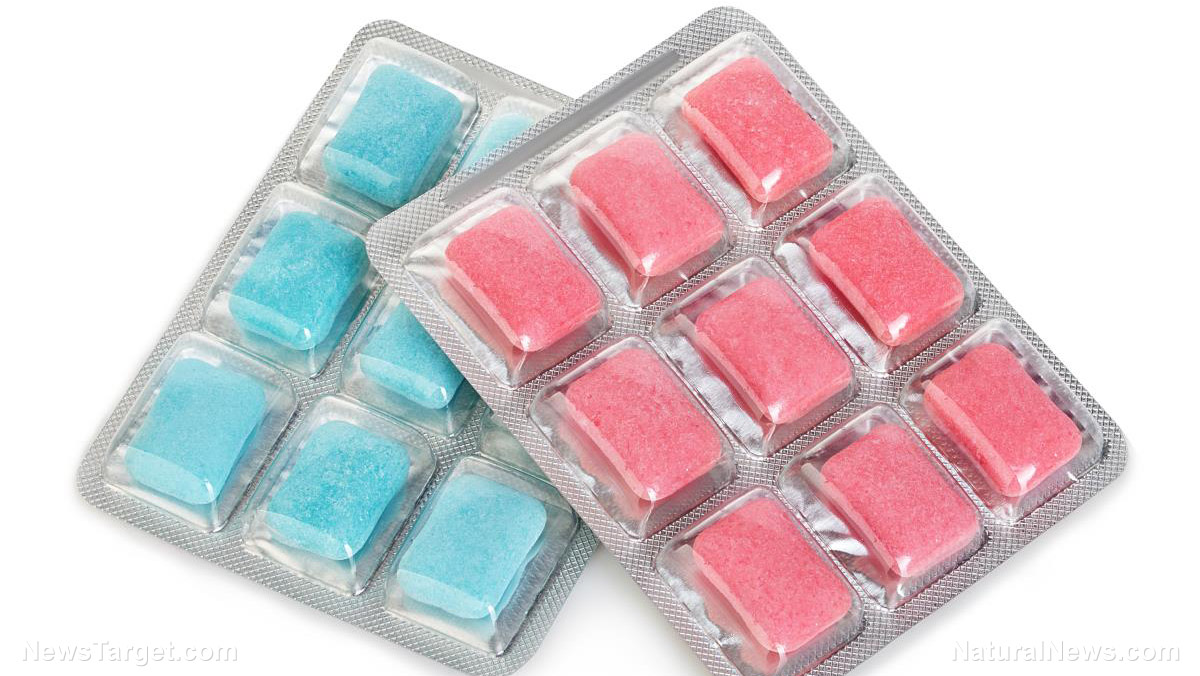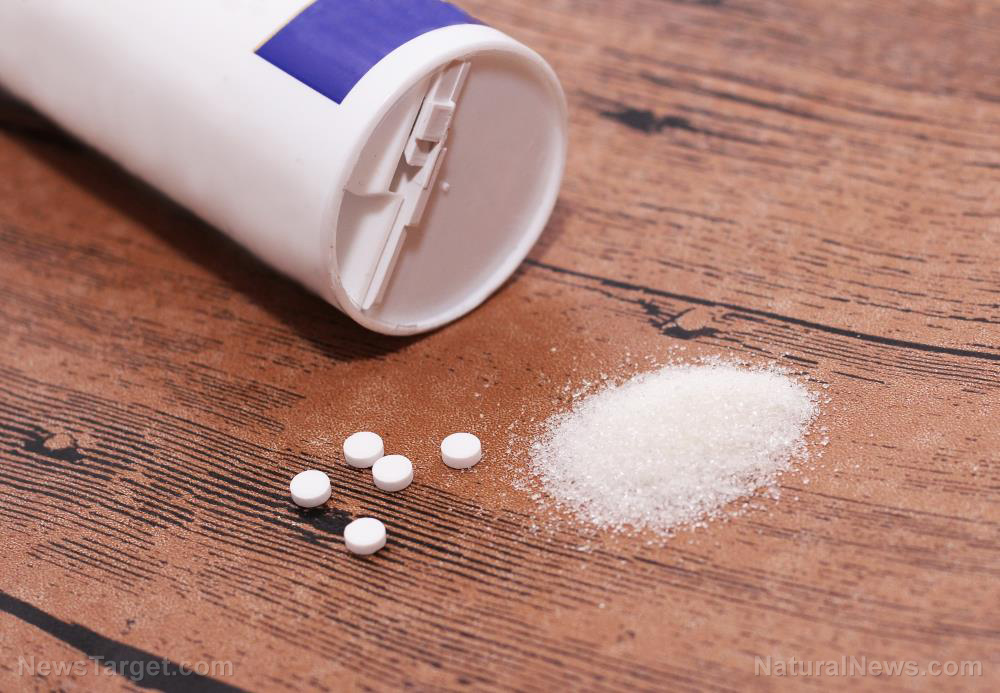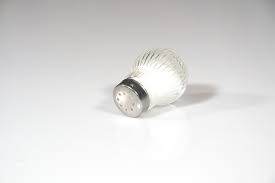
- A UCLA study reveals chewing gum—synthetic or "natural"—releases hundreds to thousands of microplastic particles per chew, with up to 3,000 particles per piece.
- Both synthetic and natural gums shed similar amounts of microplastics, often containing polyethylene and polypropylene (common plastics).
- Microplastics are linked to inflammation, hormone disruption, fertility issues and cellular damage, raising concerns about long-term exposure.
- Limit gum use, chew one piece longer, seek rare plastic-free alternatives (e.g., 100% chicle) and dispose of gum responsibly to curb pollution.
- The study highlights the need for better labeling and regulation, as "natural" claims may mislead consumers about microplastic content.
For decades, chewing gum has been marketed as a breath freshener, a stress reliever and even a diet aid. But new research reveals a hidden danger lurking in every stick, pellet, or bubble-blowing wad: microplastics. A ground-breaking pilot study from the University of California, Los Angeles (UCLA) suggests that chewing gum—whether synthetic or "natural"—could release hundreds, even thousands, of tiny plastic particles into your mouth with every chew.
The shocking findings: Plastic in every chew
Presented at the American Chemical Society’s Spring 2025 meeting, the study found that chewing gum—regardless of brand or ingredients—sheds microplastics into saliva at alarming rates. Researchers analyzed 10 popular gum brands (five synthetic, five natural) and discovered:
- An average of 100 microplastics per gram of gum, with some brands releasing up to 600 particles per gram.
- A single piece of gum (typically 2–6 grams) could unleash up to 3,000 microplastics into the mouth.
- 94% of these particles detached within the first 8 minutes of chewing, primarily due to mechanical abrasion from teeth—not saliva breakdown.
Perhaps most concerning? "Natural" gum performed no better than synthetic varieties. Both contained the same polymers, including polyethylene and polypropylene—materials commonly found in plastic bags and bottles.
"Surprisingly, both synthetic and natural gums had similar amounts of microplastics released when we chewed them," said lead researcher Lisa Lowe, a UCLA graduate student.
Why this matters: A legacy of plastic pollution
Chewing gum’s plastic problem isn’t new—it’s been hiding in plain sight. Since the mid-20th century, most commercial gums have relied on petroleum-based synthetic rubber (replacing natural chicle, a tree sap traditionally used by Indigenous cultures). Today, even "natural" gums often contain plant-based polymers that behave like plastics. And with the average gum consumer chewing more than 150 sticks per year, it adds up.
Microplastics are now ubiquitous—found in human blood, placentas and organs. Studies link them to:
- Inflammation and cellular damage
- Hormone disruption (many plastics contain endocrine-disrupting chemicals)
- Reduced fertility and developmental issues
"What we know about microplastics leads us to believe they could be associated with negative health outcomes," warns Dr. Linda Kahn, a public health expert at NYU.
What can you do? Practical steps for health-conscious consumers
While avoiding microplastics entirely is nearly impossible, gum chewers can reduce exposure:
- Chew Longer, Chew Less - Researchers suggest sticking with one piece for as long as possible instead of frequently replacing it.
- Opt for Plastic-Free Alternatives -
- Seek gums with 100% chicle or tree resin bases (though these are rare).
- Brands like Simply Gum or Glee Gum market themselves as natural, but this study suggests even "eco-friendly" gums may shed microplastics.
- Dispose Responsibly - Discarded gum is environmental pollution - "Don’t just throw it outside or stick it to a gum wall," urges study co-author Sanjay Mohanty, PhD.
The bigger picture: A call for transparency
This study underscores a critical issue: lack of regulation and labeling around microplastics in everyday products. Consumers deserve to know what they’re ingesting—especially when "natural" claims may be misleading.
"Our goal is not to alarm anybody," says Sanjay Mohanty, UCLA engineering professor and principal investigator of the project. "But we know we are exposed to plastics in everyday life, and that’s what we wanted to examine here."
As science catches up, the burden falls on individuals to make informed choices. For gum lovers, the question is simple: Is that minty freshness worth a mouthful of plastic?
Final Thought: In an era where microplastics invade our water, food and air, chewing gum may seem like a small concern—but it’s another reminder of how deeply plastic has infiltrated our lives. Until safer alternatives emerge, moderation and awareness are key.
Want to stay updated on hidden health risks? Subscribe to NaturalNews.com for fearless, independent reporting on wellness and environmental toxins.
Sources include:
Please contact us for more information.



















